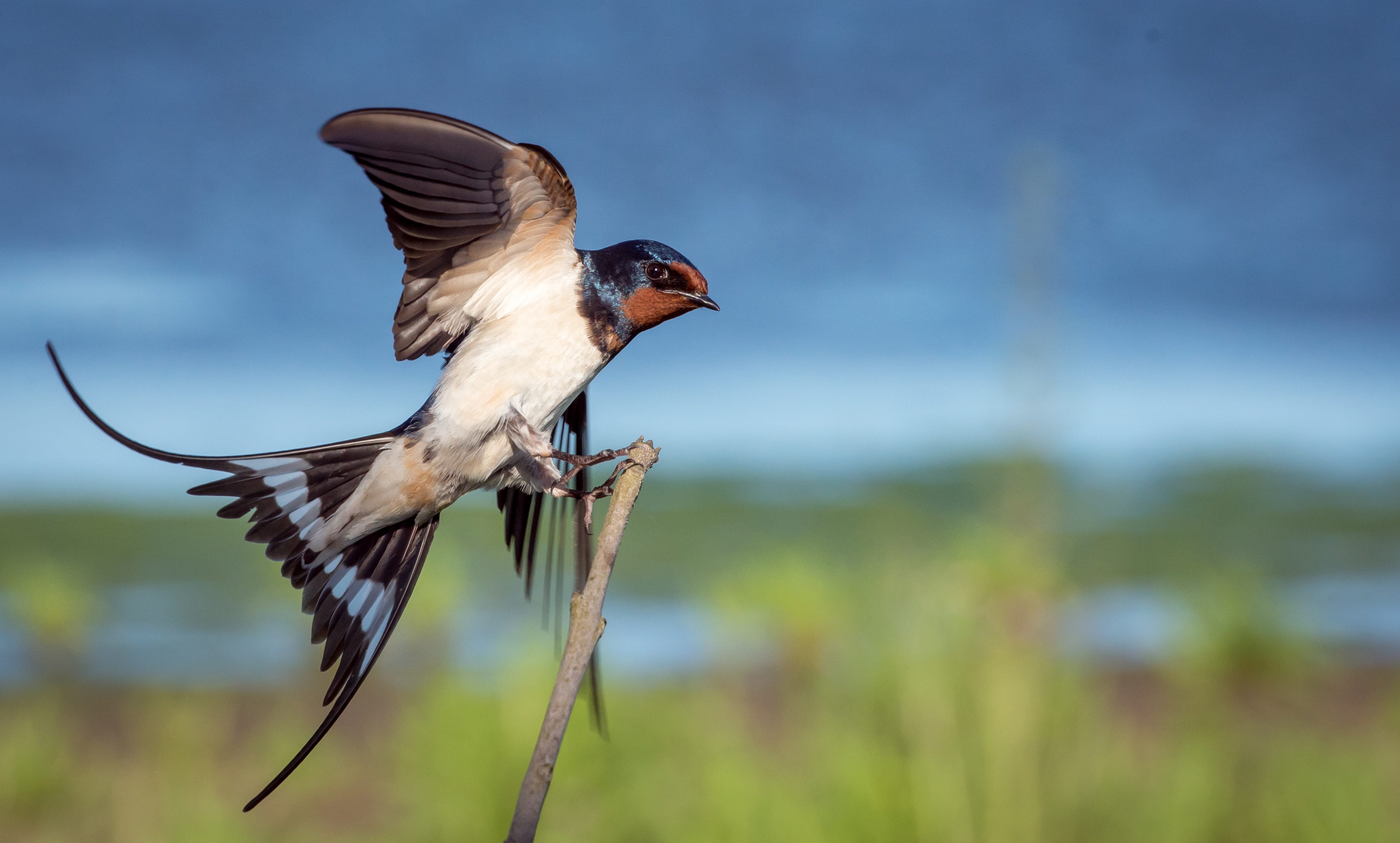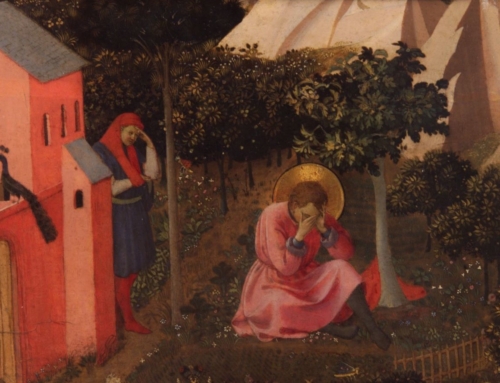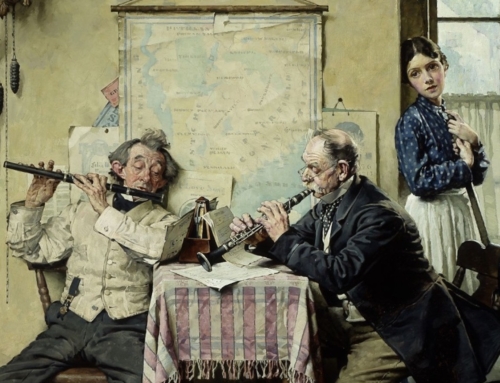One of my closest friends in college, Christian, was a borderline-manic birder. When he was thirteen, he (and his binoculars) went missing one morning during a Texas family vacation. Hours after his disappearance, as his distressed mother was describing her lost son to two police officers, Christian appeared at the door with a triumphant grin on his face. Without telling anyone, he had gone out for a walk, and to his great delight he had heard coming from the desert hills the call of the elusive Montezuma Quail—a bird he had read much about but never seen in the flesh. Unable to resist this “mystical call” (his words), Christian spent the rest of the day looking for and at the bird, much to the anxiety of his parents.
Once I asked him if I could go “bird-watching” with him, and he (generally positive and genial) had a visibly visceral reaction of disgust at the idea of being mistaken for a “bird-watcher.” “Birders go into the wild and identify birds,” he said. “They’re adventurous. Bird-watchers are those people who sit around in lawn chairs with pinwheels looking at bird-feeders.”
Despite my blunder, Christian agreed to take me birding. But, as I quickly learned, birding wasn’t the peaceful, bird-filled nature experience I was expecting. In real life, birds don’t look exactly the way they do in bird guides or on BBC nature shows. As Christian and I went trekking through a wooded park in Dallas, I was on the look-out for golden hawks soaring in majesty and vibrantly colored, sonorous songbirds perching conveniently close by. What we actually saw (or, in my case, didn’t see) was quite different.
Christian seemed to have some sort of sixth sense for finding and identifying birds. He’d point out to me a group of black specks flitting across the horizon (Chimney Swifts), a small, dark smudge perched high in the shadows above us (Gray Catbird), or a silhouette scuttling up a trunk (Downy Woodpecker). Eager to prove myself a fledgling birder, I embarrassed myself over and over again by excitedly pointing to things that I thought were birds, but weren’t: a bright splash of yellow fluttering on a branch (a leaf), something large soaring overhead (a plane), or a thin shape wading in the river (a stick). At last, my ignorant zeal reached its climax. “What’s that silvery thing perched in the grass?” I asked Christian in a hushed voice. Lowering his binoculars, he gave me a look that I knew classified me among the low ranks of bird-watchers: “That’s a fire hydrant.”
While birders seek birds, Christians seek Christ. All throughout the Bible we are urged to “seek the face of the God of Jacob.” In fact, the whole Christian life is just one giant search for God. As one of my Dominican brothers described it, “It’s as if God were playing a game of hide and seek with us. He hides, but to have us find Him. He’s present in our lives, but we have to seek Him constantly.” In other words, God is like a Montezuma Quail, irresistibly calling us on a fool’s mission out into the desert to contemplate Him.
But, like birding, our search for God is rarely the peaceful, God-filled spiritual experience that we might expect. The very fact that we are looking for God means that He’s not there in front of us. Seeking implies the absence of the one being sought, which can be a source of great agony and frustration for the one doing the seeking.
This absence of God can be the occasion for one of the greatest dangers to our Christian life: a wrong idea of who God is. When I was going birding with Christian, my false expectation of how birds looked not only blinded me to their actual presence but also caused me to view things that were definitely not birds as if they were. Have we ever done the same thing to God? Do we have false images of who He is? Do we regard things that are not God (nature, family, success, romance, friendship, health) as if they were? Almost everybody, at some time, to some degree or another, wrestles with a wrong idea of God. Luckily for us, there is a virtue that everyone can develop (and which all good birders have) which will help us truly recognize God’s presence: the virtue of study.
On its surface, studying can seem like something more appropriate to the realm of the bird-watchers: unenergetic, detached from “the real world,” boring, cerebral, impractical, lame. But what is more lame than looking at a fire hydrant and thinking that it’s a living animal? The more we study, the more prepared we are to see things as they actually are. This includes seeing God as He is, not as we imagine Him to be. As we grow in true knowledge of God, we get in the habit of recognizing Him in our lives. Often, when we feel like He is totally hidden, it is because we are looking for Him in the wrong places. We learn how and where to look for Him by learning about Him. Perhaps what now seems to us to be small and insignificant, merely a silhouette in the dark, is really our Creator manifesting Himself to us.
Here are two resources, one for learning to see birds, one for learning to see God.
✠
Image by Vincent van Zalinge







